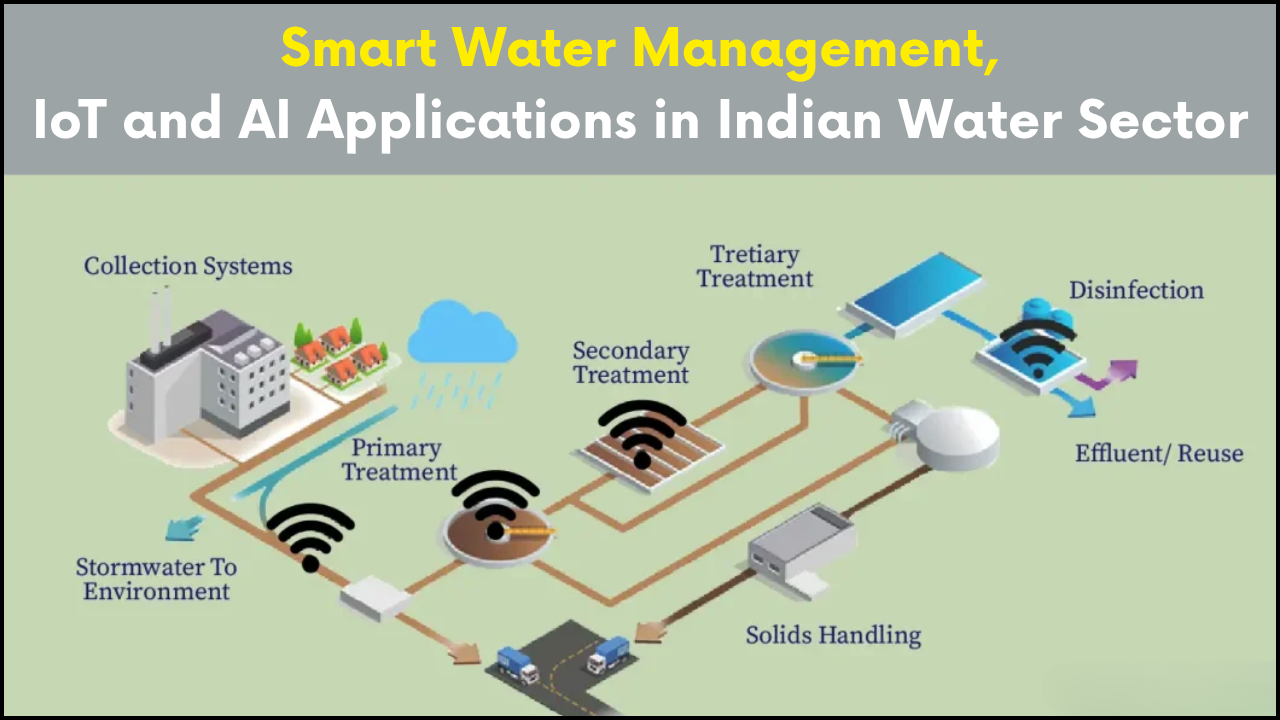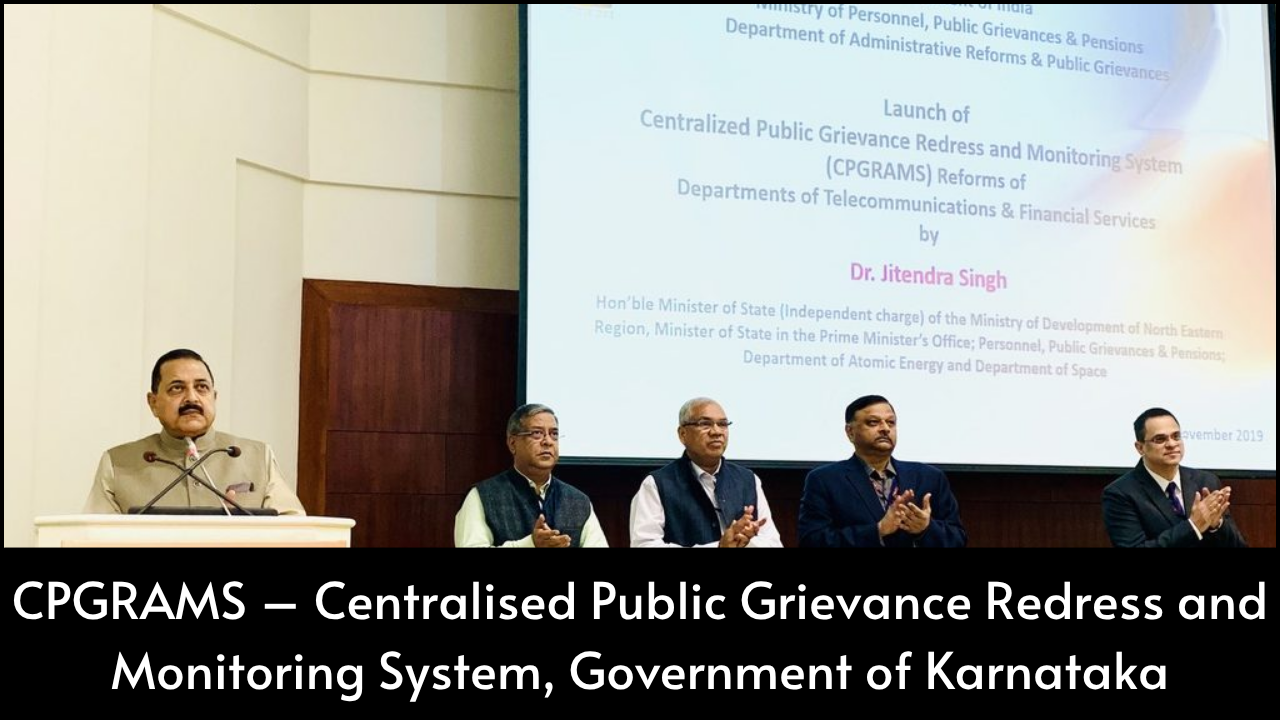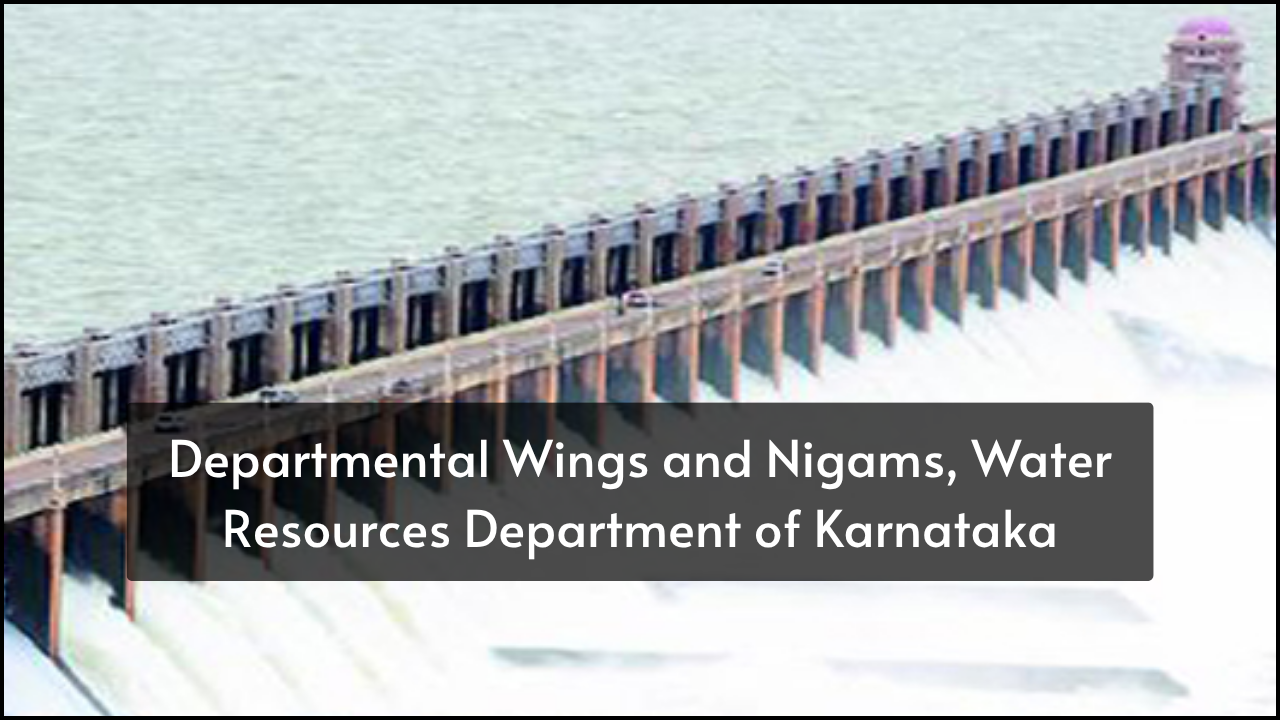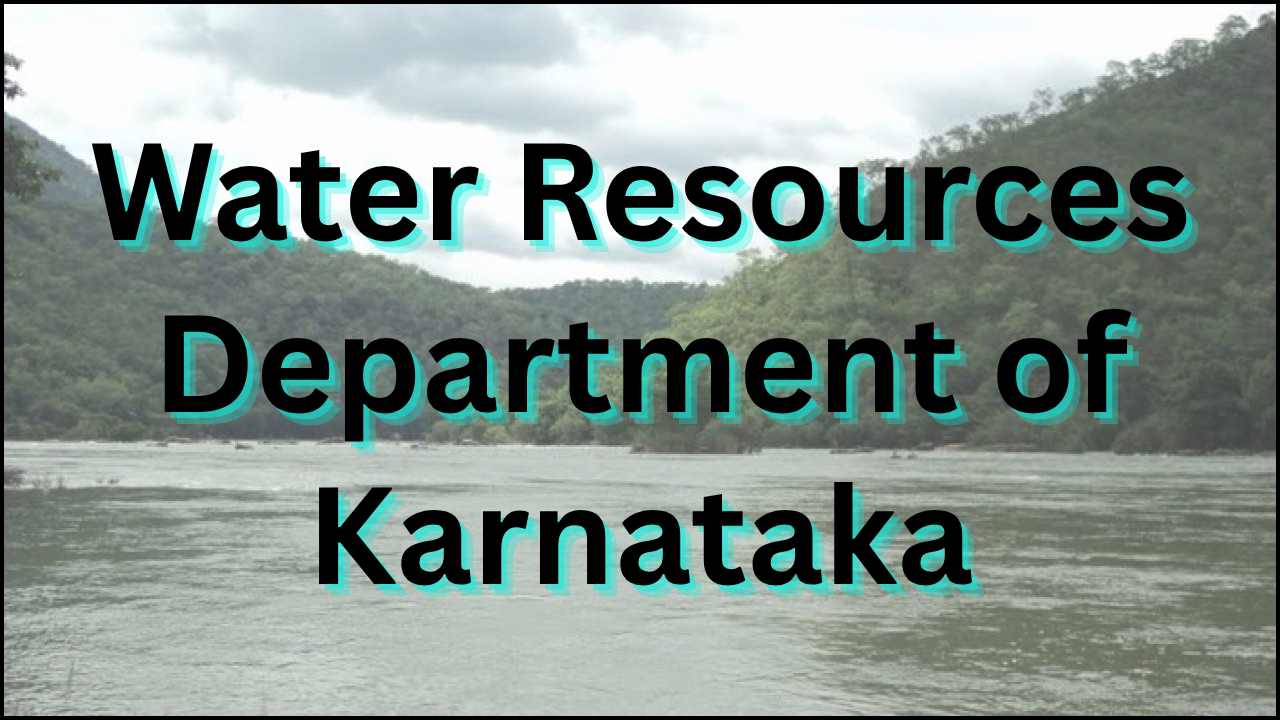
The Rural Drinking Water and Sanitation Department (RDWSD) in Karnataka plays a key role in providing clean and safe water to rural households. The department implements the Jal Jeevan Mission, a flagship initiative of the Government of India, which aims to supply tap water to every rural home. The mission focuses on improving water quality, managing water sources, and creating awareness about hygiene and sanitation. The RDWSD works closely with communities, Panchayati Raj Institutions, engineers, and water supply experts to achieve this goal.
Table of Contents
Main Objectives of Jal Jeevan Mission (JJM)
- Household Tap Connection: Ensure every rural household receives clean drinking water through individual tap connections.
- Water Quality Monitoring: Enable regular water testing and surveillance through community participation.
- Sustainability of Water Sources: Encourage local water conservation techniques to maintain year-round availability.
- Village Action Plans: Support Gram Panchayats in preparing and implementing water supply schemes.
- Capacity Building: Train local workers and engineers in water supply technologies and maintenance.
- Hygiene Awareness: Promote handwashing, safe water storage, and proper sanitation practices.
Key Functions of RDWSD Under JJM
- Infrastructure Development: Build and maintain pipelines, water storage tanks, pump houses, and filtration units.
- Water Quality Labs: Set up district-level and block-level laboratories for water testing.
- Skill Training Programs: Train Jal Sakhi groups, plumbers, masons, and pump operators in water system management.
- Community Participation: Form Village Water and Sanitation Committees (VWSCs) to involve locals in decision-making.
- Technology Use: Adopt solar pumping systems, automated water meters, and mobile testing kits.
RDWSD and Community Involvement
Village Committees and local institutions are central to the success of JJM in Karnataka. RDWSD encourages people to take ownership of their water supply schemes. Awareness campaigns are carried out regularly to educate people about water saving, cleanliness, and repair practices. Special attention is given to women’s involvement in these activities.
Important Stakeholders
| Stakeholder | Role in Jal Jeevan Mission |
|---|---|
| Gram Panchayats | Plan and supervise water supply works |
| RDWSD Engineers | Design and execute water supply infrastructure |
| Jal Sakhi Groups | Spread awareness and support water testing in villages |
| NGOs and SHGs | Assist in community mobilization and hygiene promotion |
| District Laboratories | Perform regular testing of water samples |
| Training Institutions | Provide skill-based training to workers and volunteers |
Achievements of RDWSD Under JJM
- High Tap Coverage: Many districts in Karnataka have already reached above 80% household tap connections.
- Functional Village Labs: Rural labs for water quality testing have been established in all districts.
- Digital Dashboards: Real-time data on water coverage, testing, and progress is available to the public.
- Women’s Participation: Women-led SHGs and Jal Sakhi groups are actively involved in water management.
- Rainwater Harvesting: Thousands of rural households have implemented rooftop harvesting methods.
District-Wise Tap Connection Progress (Sample Data)
| District | Total Villages | Villages with 100% Coverage | Progress (%) |
|---|---|---|---|
| Belagavi | 1234 | 1025 | 83% |
| Tumakuru | 975 | 750 | 77% |
| Mandya | 565 | 480 | 85% |
| Davanagere | 621 | 510 | 82% |
| Koppal | 712 | 690 | 97% |
Water Quality Testing Facilities
- Basic Parameters Checked: pH, turbidity, fluoride, nitrate, iron, and bacteria.
- Mobile Testing Vans: Reach remote villages to collect and test samples on the spot.
- Community-Level Training: Village volunteers are trained to identify water contamination signs.
Hygiene and Sanitation Components
- Toilet Construction Support: Households without toilets are encouraged and assisted to build them.
- Awareness Drives: Posters, videos, and puppet shows are conducted in rural schools and communities.
- Wastewater Management: Soak pits and drainage systems are constructed to avoid stagnant water.
- Handwashing Stations: Installed near schools and Anganwadis to encourage cleanliness.
Use of Technology in Jal Jeevan Mission
| Technology | Purpose |
|---|---|
| IoT-based Water Meters | Monitor household-level water usage |
| Solar-Powered Pumps | Operate borewells in power-deficit areas |
| GPS Mapping of Sources | Track and manage all water sources |
| Mobile Apps | Report water quality, supply status, and grievances |
| Data Dashboards | Operate borewells in power-deficient areas |
Capacity Building Programs
- Rural Mason Training: Local youth trained to build tanks, pipelines, and toilet units.
- Operation & Maintenance Teams: Village-level teams were formed to fix leakages and repair motors.
- Financial Literacy: VWSCs taught how to collect water usage fees and maintain records.
- IEC (Information, Education, Communication): Rural folk are educated through street plays, posters, and workshops.
Funding and Cost Sharing
| Source | Contribution |
|---|---|
| Central Government | 90% of the project cost in special category states |
| State Government | 10% in special states; 50% in others |
| Panchayats | Small share for maintenance and community work |
| Community | Voluntary labor and local contributions |
Challenges Faced
- Water Scarcity in Drought-Prone Areas During Summer Months.
- Delayed Implementation due to the remote location of some villages.
- Skilled Worker Shortage in new villages adopting tap systems.
- Behavioral Change is needed in communities used to open defecation.
- Pipeline Damage during road construction and other development works.
Future Plans of RDWSD
- Complete Tap Coverage across all rural households by the next financial year.
- 24/7 Water Supply model to be tested in pilot villages.
- Integration With Other Missions like Swachh Bharat and Digital India.
- Expansion of Rainwater Storage and greywater treatment systems.
Wrapping Up
The Rural Drinking Water and Sanitation Department, through the Jal Jeevan Mission, is transforming the way rural Karnataka accesses drinking water. The mission not only improves water availability but also enhances health, hygiene, and community empowerment. The success of this effort depends on continued public participation, proper maintenance, and sustainable use of water resources. With dedicated efforts from all stakeholders, the goal of safe water for all can become a lasting reality.





